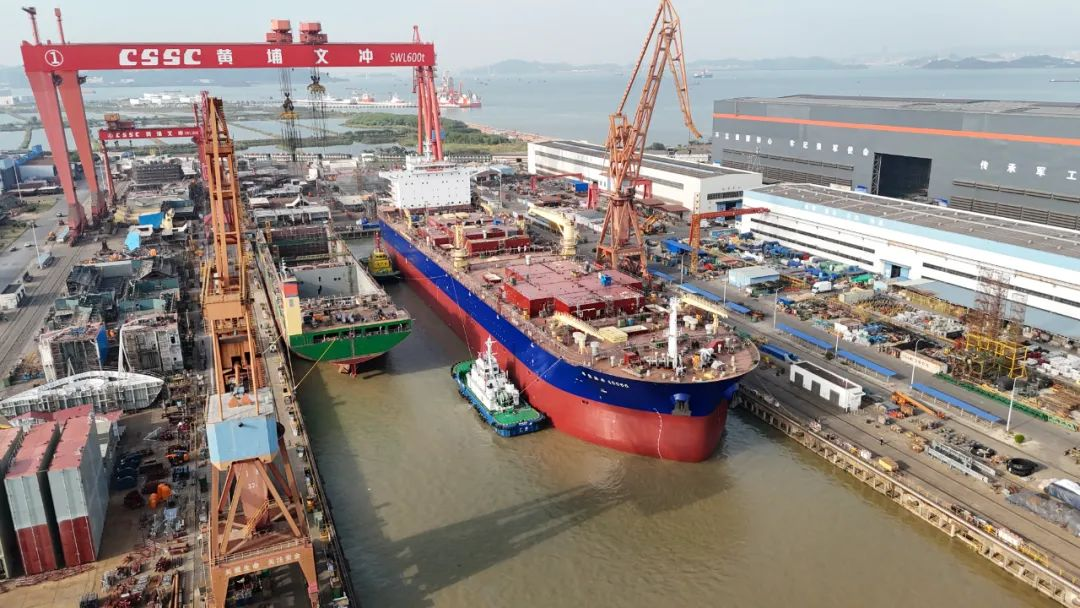Jiangsu Ocean Shipping, a subsidiary of Jiangsu Port Group, has decided to place an order for 2 1900TEU feeder container vessels with CCCS Huangpu Wenchong Shipbuilding, according to shipbroker Bancosta. Delivery is scheduled for the fourth quarter of 2029.

It is understood that this order constitutes an option exercised under the contract for 4+2 1900TEU feeder container vessels, which Jiangsu Ocean Shipping and Huangpu Wenchong Shipbuilding signed in May this year.
Established in 1980, Jiangsu Ocean Shipping was the nation’s first provincial-ministerial joint venture for local ocean shipping and is now a subsidiary of Jiangsu Port Group. In recent years, Jiangsu Ocean Shipping has comprehensively advanced its fleet expansion, route network development, and cargo acquisition system. Following the delivery of these two batches of container vessels, the company will gain over 20,000 TEUs of additional container shipping capacity, laying a solid foundation for achieving new breakthroughs in its mission to become a leading domestic shipping enterprise.
In addition to the order from Jiangsu Ocean Shipping, Huangpu Wenchong has recently secured a contract to build two 1,900 TEU container vessels for Shandong Port Group’s Shandong Ocean Shipping Group. The transaction is valued at RMB 443 million (approximately US$62 million).
It is understood that the 1900TEU feeder container ship independently developed by Huangpu Wenchong Shipbuilding is the company’s flagship product in the feeder container ship sector, with cumulative orders exceeding 40 vessels.Its design integrates advanced shipbuilding concepts such as green and intelligent technologies.
Through optimized overall layout design, the ship’s weight is effectively reduced, significantly enhancing its deadweight capacity and cargo loading capability. Simultaneously, the hull form and lines have been optimized for multiple drafts and speeds to meet operational requirements, making it suitable for regional operations, multiple port calls, and frequent loading/unloading. This improves the ship’s overall economic efficiency, ensures broad market adaptability, and aligns closely with current green and environmentally friendly development trends.


